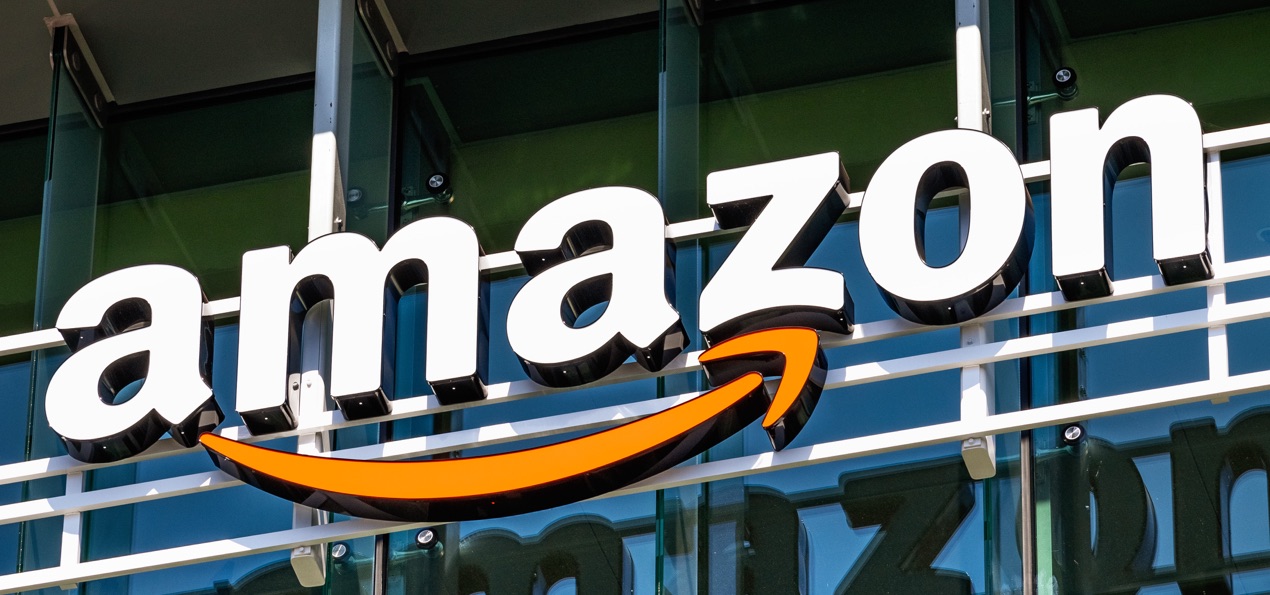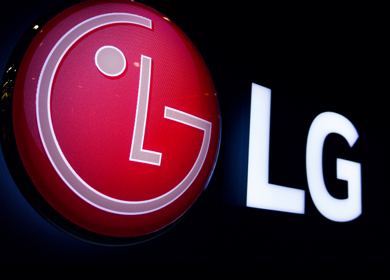Amazon’s Friction Economics – what marketers can make of that!
Published: April 18, 2023

Amazon is legendary – and everyone knows that.
They are known for their massive product inventory and customer service that hits it out of the park every single time.
The reason is that Amazon has the customer at the front and center of all its strategy and efforts. Over the years, Amazon has earned a reputation of being at the forefront of several innovations especially in terms of logistics – where everything is designed to make sure that products get from their warehouse to your doorstep with minimal effort on the user’s part.
That is the catch phrase – minimal effort on the user’s part. Whether you are buying something or even returning it, Amazon ensures that there is very minimal effort involved on the part of the user.
That is about to change.
At face value, it is really not that big a deal. But since the King of Minimal Effort Required is doing it, it is something that will make everyone sit up and notice.
For the first time, Amazon is introducing a ‘return fee’ if something is returned to some UPS stores. It is not a big amount – it is just a dollar. And it is charged only when you return something and drop it off at a UPS store that doesn’t have a Whole Foods, Amazon Fresh (all of which is owned by Amazon), or Kohl’s store (with whom Amazon has a partnership) nearby. If you drop your return off at a UPS store without any Whole Foods or Amazon Fresh or Kohl’s stores nearby, you won’t be charged.
Amazon has had a very easy and free return policy. You could return anything with just a few clicks, and they also offered a number of easy product drop-off or pickup options. Now that is changing.
What this little bit of friction can mean
The $1 fee could just be a way to discourage returns. The word “free” has a great influence on the human mind – that far outweighs the actual value of the thing that is offered free.
But there could be a lot more to this, than just that.
Returns are messy – retailers have always struggled with it. Processing it can be expensive as they have to handle damaged merchandise and the cost of shipping and replacing items. Most companies don’t offer free returns hoping to dissuade and make it less easy for customers.
But Amazon has always gone the other way – free returns even if they knew people would be sending things back constantly.
So what changed?
Could it be a drop in sales / volumes?
The pandemic certainly saw all the e-commerce brands thrive as everyone shopped online. E-commerce brands absorbed all the shipping costs and offered free shipping and returns as incentives to drive growth and adoption. Now that things are back to normal, volumes are dropping. Less sales. So the gloves are coming off and they charge to make up for the dip in sales.
Amazon has done this before. After offering free delivery of stuff from Whole Foods to Prime members, Amazon started charging $10 for it in 2021.
That is a great strategy – first you offer something free of charge – and once you have your customer hooked on to it, you charge.
But truth be told – just a cursory glance around will show you that other brands charge way more for returns.
So the $1 fee could be a way to drive customers to drop their returns off at an Amazon / Amazon-related facility.










Be the first one to comment.